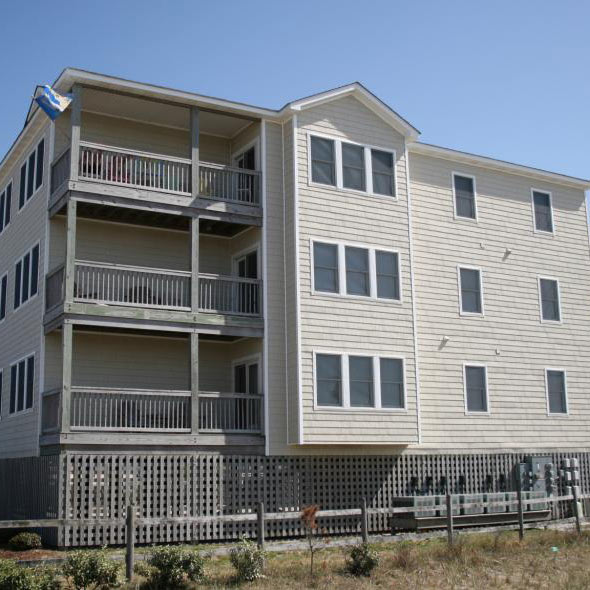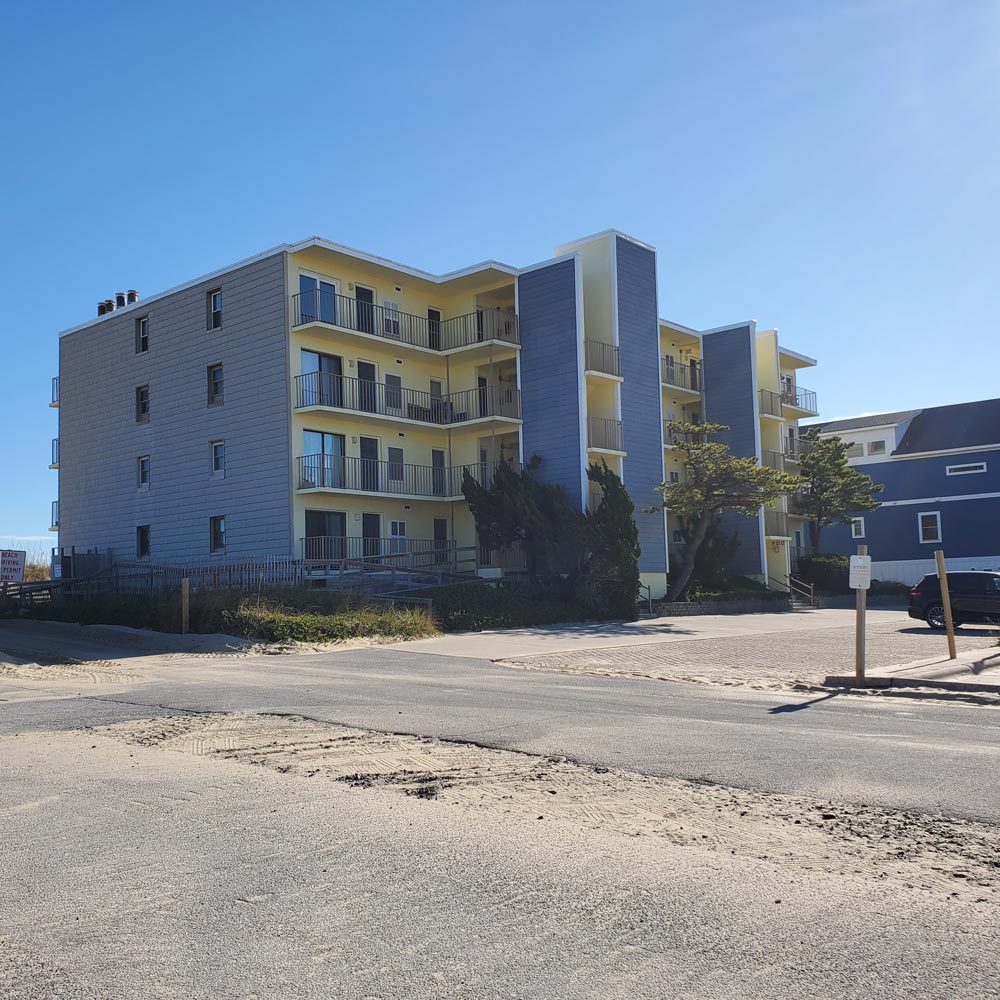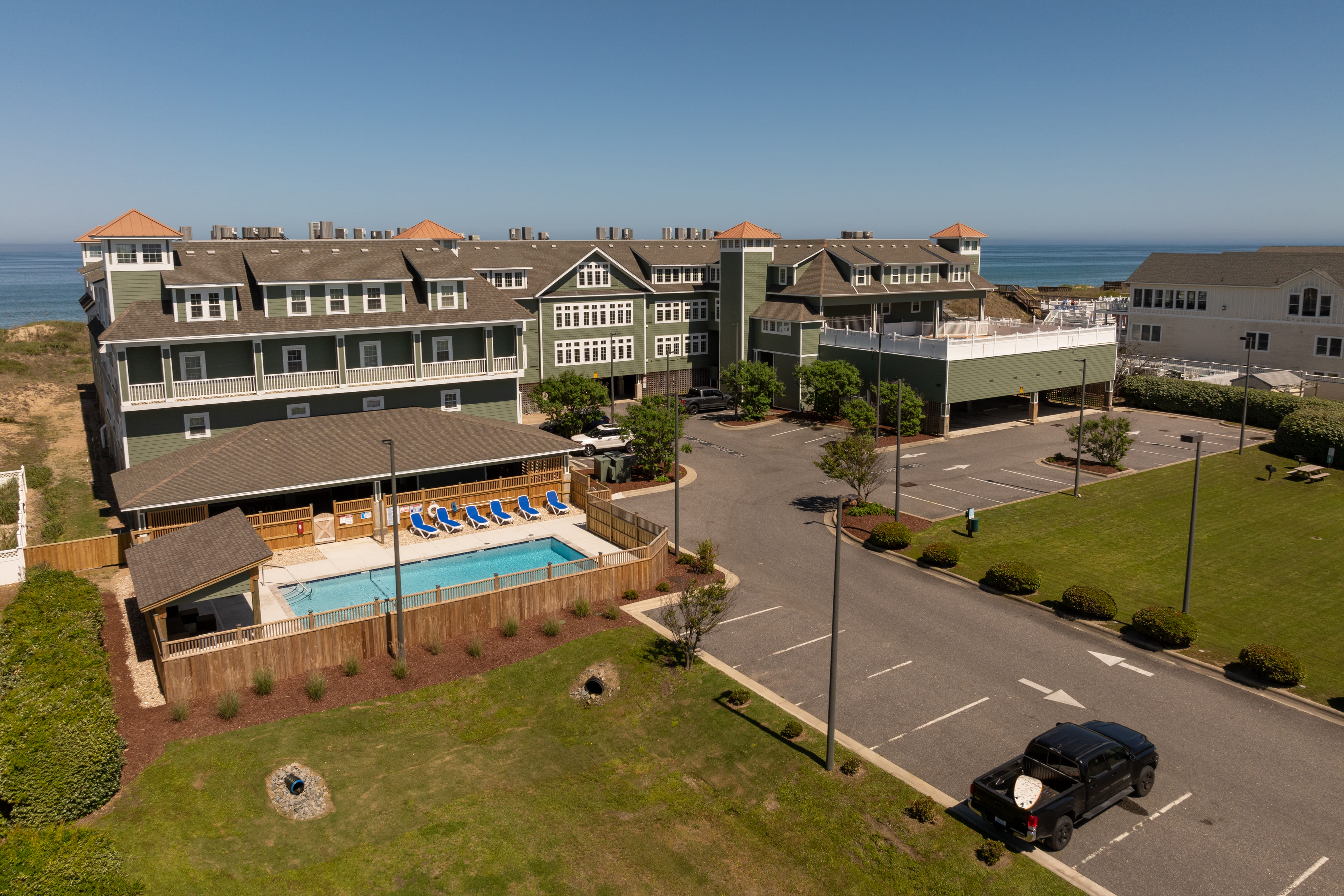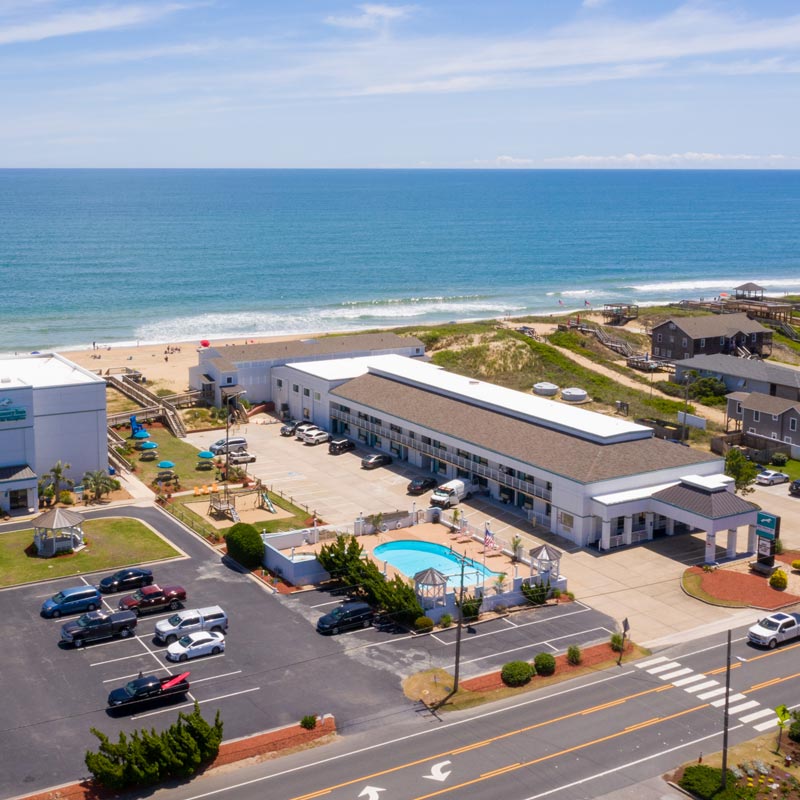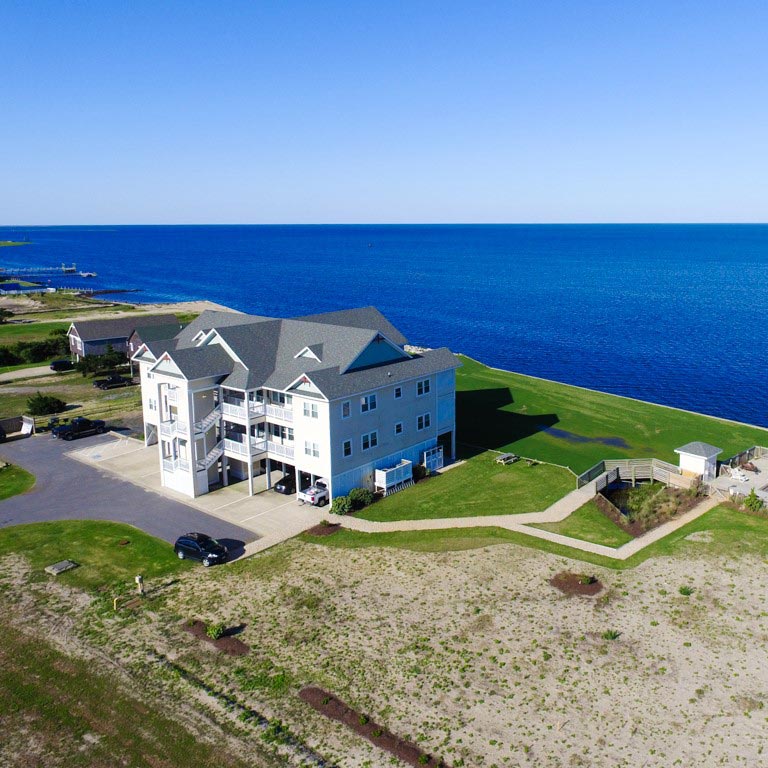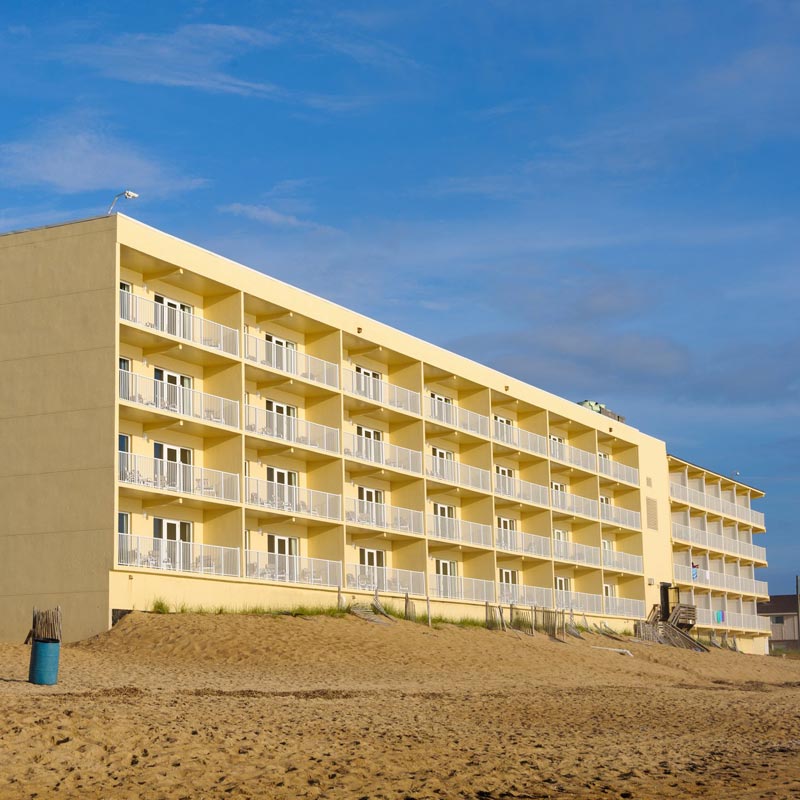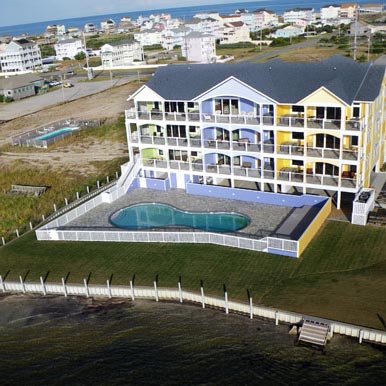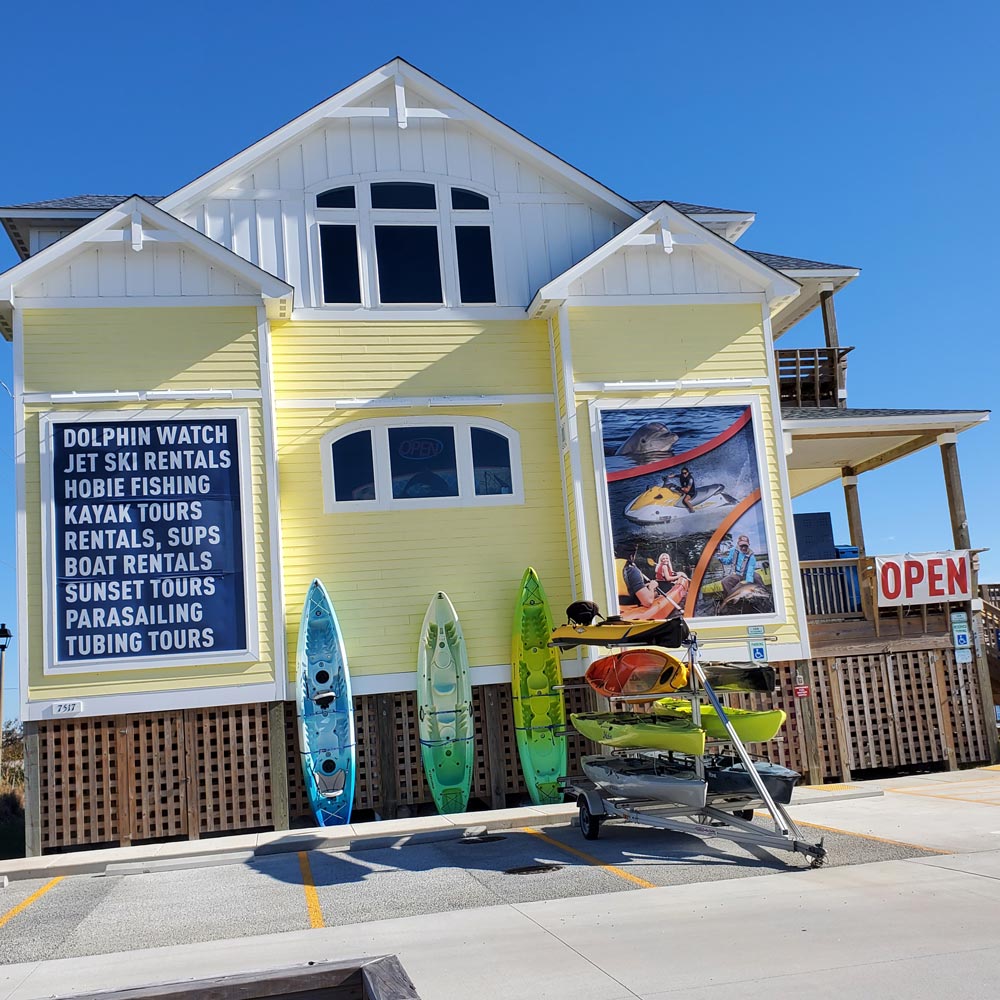A Visitor’s Guide toFort Raleigh National Historic Site
If you are staying at a vacation home in the Outer Banks, visiting Fort Raleigh National Historic Site in Dare County is a unique and historically rich experience.
Reviews of Fort Raleigh National Historic Park on Roanoke Island are overwhelmingly positive, with many visitors praising the park’s historical significance and beauty. In addition, the Fort allows those unfamiliar with the area an opportunity to learn about the area’s history and culture. From its colonial roots to its Native American connections to the Lost Colony of Roanoke, the site offers a wealth of knowledge and education.
Located just minutes away from the bustling township of Manteo, the site offers a wonderful chance for families to explore a bit of the outdoors and a taste of history in a tranquil setting. Here is some background and some tips to make your trip to Fort Raleigh National Historic Site rewarding.
About Fort Raleigh National Historic Site
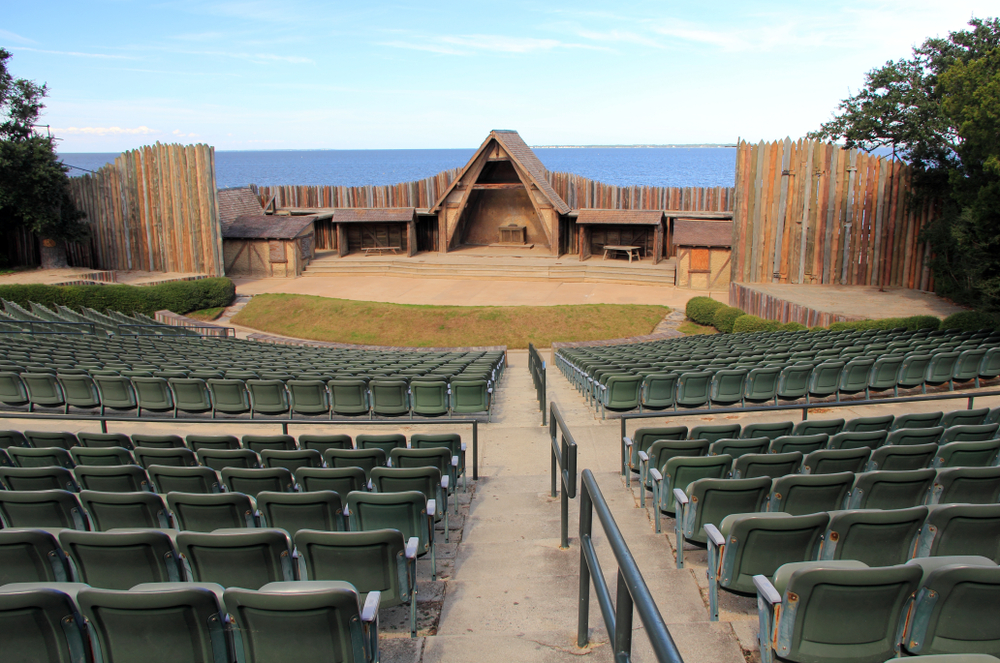
Fort Raleigh National Historic Site is a testament to the first English-speaking settlement in the New World. It is home to the remains of the original Roanoke Island Settlement of 1585.
The Fort Raleigh National Historic Site is also home to the American Indian Town of Mettaquem, built by Siouan-speaking people around 1560.
The Explorers Who Settled Fort Raleigh
The settlement of Fort Raleigh National Historic Site was founded by Sir Walter Raleigh and his crew of adventurers and explorers from England in 1585. Raleigh, an experienced explorer, and military man had plans to create a permanent settlement in the New World.
He sent more than 100 settlers to Roanoke Island, and they created Fort Raleigh to establish English colonization in North America.
Fort Raleigh’s settlers experienced several difficulties during the early days of establishment. The original Roanoke Island Settlement did not last long, as the settlers were not able to secure the provisions for their survival. The settlement was abandoned in 1587, and the fate of the “Lost Colony” of Roanoke Island remains a mystery to this day.
However, in 1862, Roanoke Island became a refuge known as Freedmen’s Colony that harbored formerly enslaved people after the war gave them freedom, hence the moniker.
The Site Becomes a National Historic Site
Fort Raleigh National Historic Site, which fronts the now Cape Hatteras National Seashore, was preserved and maintained over the centuries as a reminder of the first attempted English settlement. Congress designated it a National Historic Site in 1941 to permanently protect the original settlement for future generations.
Today, the earthen fort is managed by the National Park Service and provides visitors with similar opportunities as many state parks.
Getting There
- Address: 1401 National Park Dr, Manteo, NC
- Entrance: Free
- Website: https://www.nps.gov/fora/index.htm
- Hours: The grounds are open 24 hours a day, and the Visitor’s Center is open from 9 am to 5 pm.
Getting to Fort Raleigh National Historic Park from the Outer Banks is straightforward and easy!
Simply follow NC Hwy 12 north and the US-64 W to Fort Raleigh Road. You can’t miss the entrance. Once you arrive, you can enjoy the picturesque OBX scenery and get more information about the park from the Visitor’s Center.
Not to Miss Activities
The are many things to do on this remarkable site makes it an ideal spot to learn and explore. Here are some activities that you can do while at Fort Raleigh National Historic Site.
Tour the Site
The best way to experience Fort Raleigh National Historic Site is by taking a tour of the site. There are two main ways to do this. You can either take a guided tour or do a self-guided tour of the site. Tours run year around from Tuesday to Saturday, starting at 11 am and lasting around 30 minutes. You can check the NPS calendar for updated times and dates.
The guided tour allows you to learn more about the history of the site while the self-guided tour allows you to explore the site at your own pace. The site has excellent ADA accessibility, so it is enjoyable for all.
Learn at the Exhibits
The Fort Raleigh National Historic Site also concentrates on education, with educational exhibits throughout the site. These educational exhibits tell visitors about the cultural significance of the site, as well as detailed information about the area’s natural and historical features.
The museum also offers interactive exhibits that allow visitors to engage and learn more about the site’s history. There is a wealth of information about the Civil War, African American history, Freedmen’s Colony, and the New World settlements.
Exit Through the Gift Shop
The Fort Raleigh National Historic Site is home to a gift shop where visitors can buy souvenirs, books, and other items related to the site’s history. The gift shop also offers items from local artists and craftsmen, so visitors can take a locally made souvenir with them as a memory.
Tour the Elizabethan Gardens

A trip to Fort Raleigh National Historic Site is not complete without spending some time in The Elizabethan Gardens. The Elizabethan Gardens at Fort Raleigh National Historic Site offer visitors a chance to explore its lush gardens and grounds.
Guided tours and events allow visitors to learn even more about the history of the first colony site and its collections.
Hike the Trails

Fort Raleigh National Historic Site also allows visitors to explore the natural areas within the site. Many trails within the boundaries of the fort provide scenic views of the surrounding areas. You can take a peaceful stroll through these verdant nature trails or check out the Algonquian history.
Thomas Hariot Nature Trail
Thomas Hariot Nature Trail provides a stunning view of Albemarle Sound’s seascape. Visitors can explore this mosaic of maritime forest on the trail’s boardwalks, witnessing first-hand the delicate ecosystems of the coastal areas.
The Freedom Trail
The Freedom Trail is a beautiful way to explore the eastern shoreline of North Carolina. There is minimal elevation gain, and the terrain is relatively flat. The Trail provides stunning views of the Croatan Sound, and although the path is short, the scenery changes enough to keep the journey interesting.
At its westernmost point, the Freedom Trail intersects with the Fort Raleigh National Historic Site entrance. Here, visitors can learn about the significance of the area’s first English settlers and their lasting legacy. It’s a great place to learn about the history of North Carolina and a great way to end the Freedom Trail hike.
In addition to its historical significance, Fort Raleigh National Historic Site is a great destination for observing the unique wildlife of the Outer Banks. The site is a designated wildlife refuge, and visitors may be lucky enough to spot a red fox, an osprey, or even a bald eagle. Visitors can also participate in birdwatching, as many species of birds use the area as a stopover during their migration.
Grab Lunch Nearby, or Pack a Picnic
When you’re looking for a bite to eat near Fort Raleigh National Historic Site, you’ll undoubtedly have a wide variety of options. From fast-food restaurants to specialty pizza joints to seafood eateries, there’s something to suit every taste around Roanoke Island.
Fort Raleigh National Historic Site is also a great place to have a picnic. There are plenty of shady spots to set up a picnic blanket and enjoy a snack or a meal.
Other Attractions in the Area
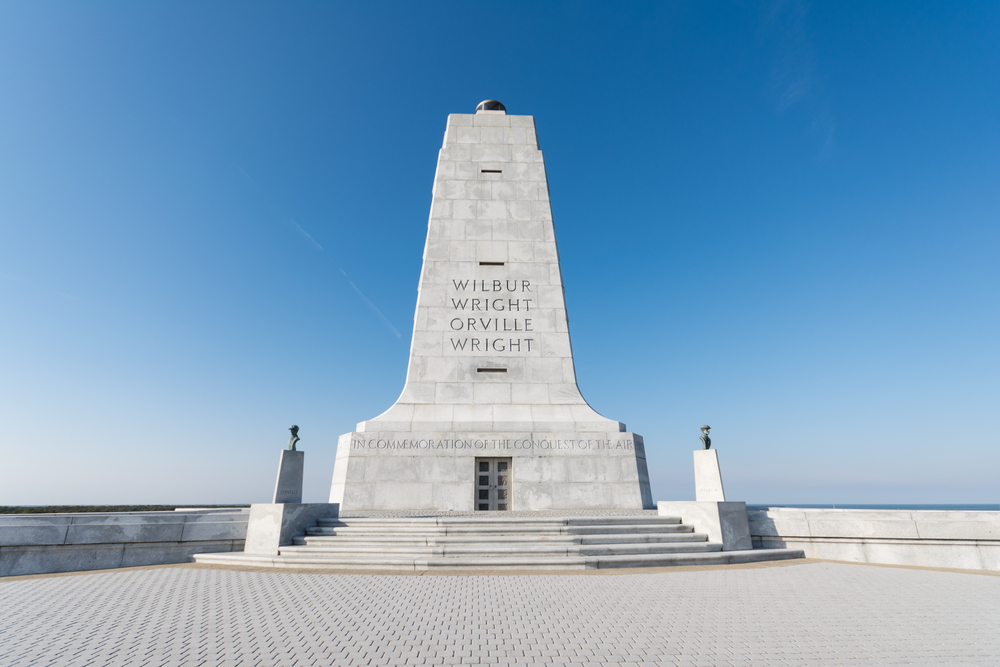
In addition to the remains of the original settlement, Fort Raleigh National Historic Site also features several other attractions that visitors can explore.
These attractions include:
- The Elizabeth II State Historic Site
- The Wright Brothers National Memorial
- The Outer Banks Visitors Center
- North Carolina Aquarium on Roanoke Island
Combine Learning with Fun at Fort Raleigh
Whether you’re exploring nature or learning about history, Fort Raleigh National Historic Site offers a variety of activities to engage and educate travelers to the Outer Banks. From its importance in exploration to its many hiking trails, it is a must-visit destination for all looking to experience the natural surroundings of Roanoke Island.
If you want to get the most out of your visit to Fort Raleigh, there’s no better way to do it than to stay at a vacation home in the Outer Banks.
Posted on 03/21/2023 in Things To Do


